Join the community
Thought Leadership Centre
Most Read
1. Finance leaders flag governance risks with fast growing fintech systems 2. Why AI governance is a key priority for financial institutions 3. Foreign institutions pursue market entry as Japan strengthens fintech rules 4. Payment leaders push for interoperability to solve SME cash flow 5. Five takeaways from day 1 of the Singapore Fintech FestivalResource Center
Awards
Mar
24
Event News
Energy & Offshore
Tuas Power to complete Singapore’s first 100% biomass conversion by 2028
The landmark project will cut one million tonnes of carbon emissions annually.

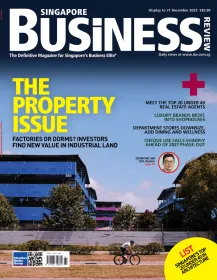
 Advertise
Advertise
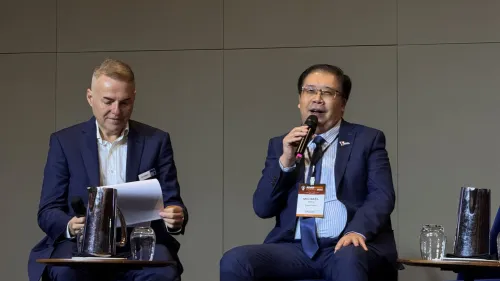



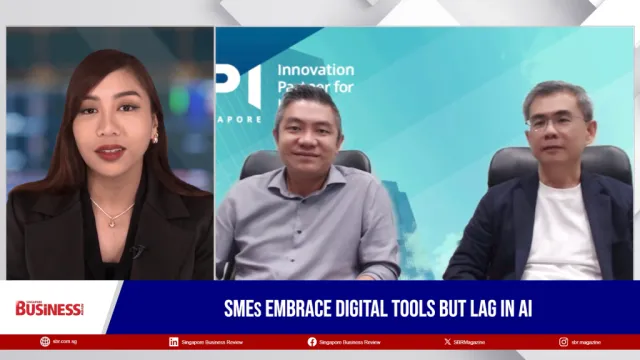
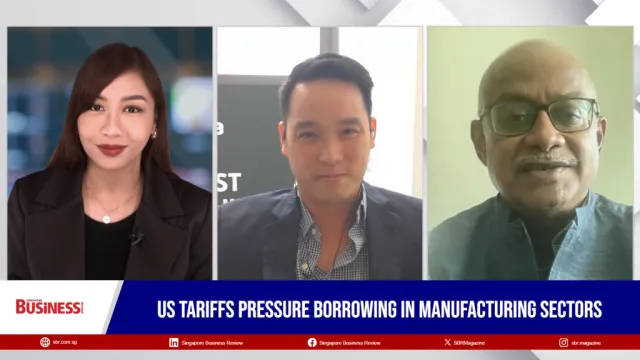

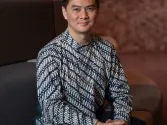
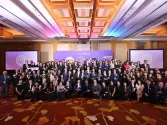
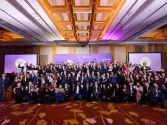









Commentary
Why keeping your website’s a reputation winner
Why keeping your website’s a reputation winner
How do I become an effective leader?
Editing: Hammering out good writing
The economics of a Singaporean family
Overcoming the fear of asking questions
Yale-NUS College: Singapore's drive for Liberal Arts education
Controlling time and costs in arbitration
What’s the single biggest business risk?
Have we forgotten something about job hunting?
The Asian supply chain becomes more compact
4 challenges troubling salespeople today
Supercharge your brand with a compelling Brand Story
Knowledge is competition: How to manage employee branding
What you need to know about Singapore's compulsory saving scheme
Five lessons every entrepreneur can learn from watching the Olympics
3 challenges in user key management
Heartlands are alive with the sound of music